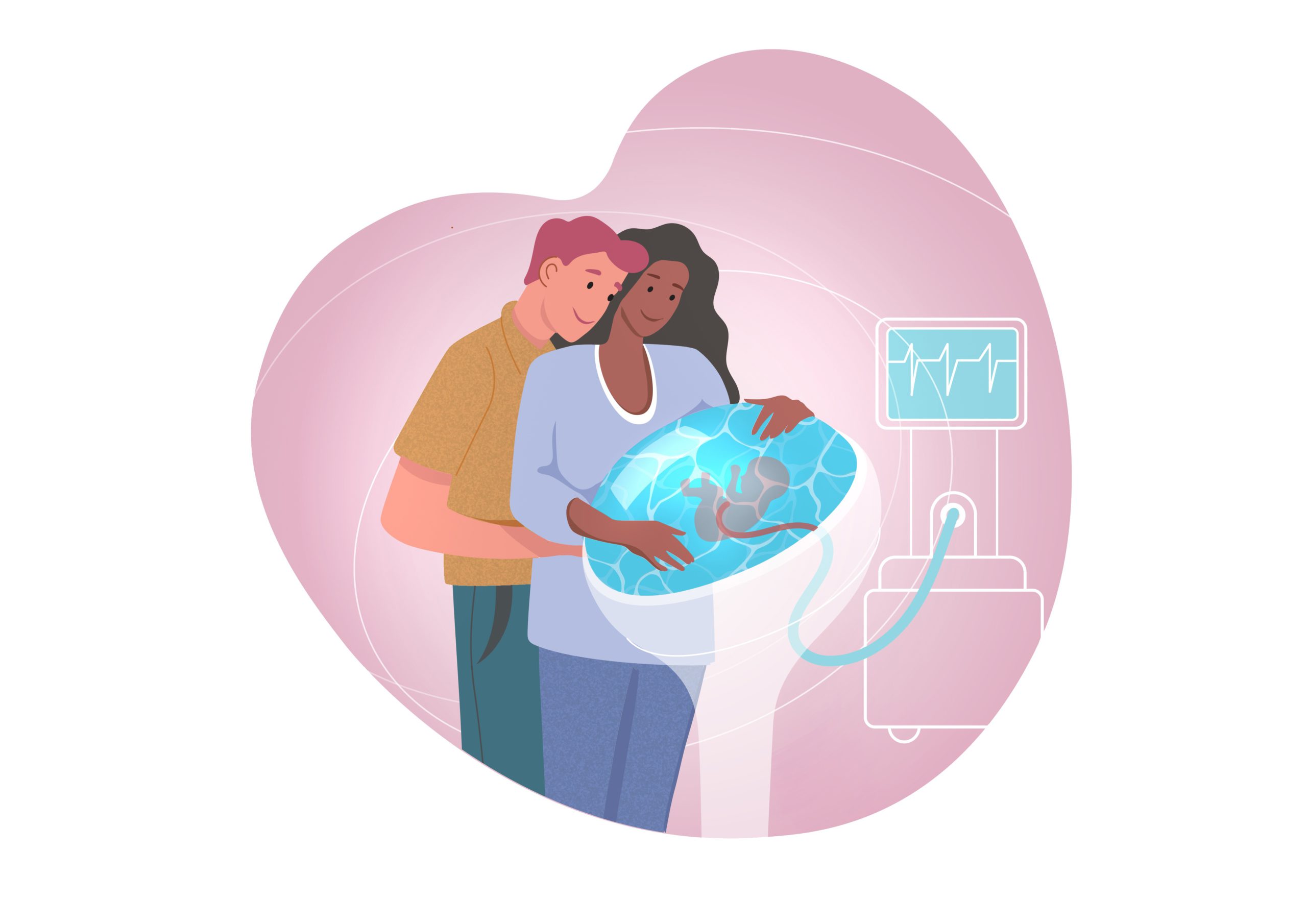Premature babies born at 22-24 weeks face devastating odds against traditional ventilators that damage their fragile, underdeveloped lungs.
Enter AquaWomb, a Dutch startup developing something that sounds like science fiction but operates on medical necessity. Their glass tank system—roughly the size of your childhood goldfish aquarium—recreates the womb environment using synthetic amniotic fluid and an artificial placenta connected directly to the umbilical cord.
How the System Actually Works
The device mimics natural development with medical precision rather than forcing premature adaptation.
The process starts with a C-section delivery straight into a fluid-filled transfer bag, creating seamless transition from biological womb to artificial one. Inside the temperature-controlled glass chamber, fine catheters handle carbon dioxide removal while robust cannulas supply oxygen and nutrients through the synthetic placenta. This keeps the baby’s development on track without the trauma of breathing air their lungs can’t handle.
Why Traditional NICUs Fall Short
Mechanical ventilation often creates more problems than it solves for extreme preemies.
Babies born before 24 weeks have lungs like wet tissue paper. Force air into them via ventilator, and you’re inflating a balloon that’s still forming. The result? Chronic lung disease, brain bleeds, and neurological damage that follows survivors for life.
AquaWomb’s founders from Eindhoven University of Technology figured there had to be a better way than forcing evolution’s hand.
The Human-Centered Difference
Unlike surgical-focused competitors, AquaWomb prioritizes parental bonding alongside medical outcomes.
While U.S. and Australian teams chase surgical precision, AquaWomb takes an obstetrics-first approach. The system includes tactile access ports and audio capabilities so parents can maintain connection during their child’s extended gestation. They’re also using digital manikin models instead of animal testing—both more ethical and faster for iteration.
The Reality Check
Prototype promises don’t equal hospital availability, and regulatory hurdles loom large.
AquaWomb remains in R&D phase with no announced human trials. The FDA convened advisory committees in 2023 to tackle artificial womb regulation, but ethicists warn these devices create “a new stage of human development” existing laws never anticipated.
This technology could transform NICU outcomes for families facing impossible choices. But expecting miracles from prototypes sets dangerous precedents. The smart money says we’re still years from seeing these systems in hospitals—which gives regulators time to get this right.






























